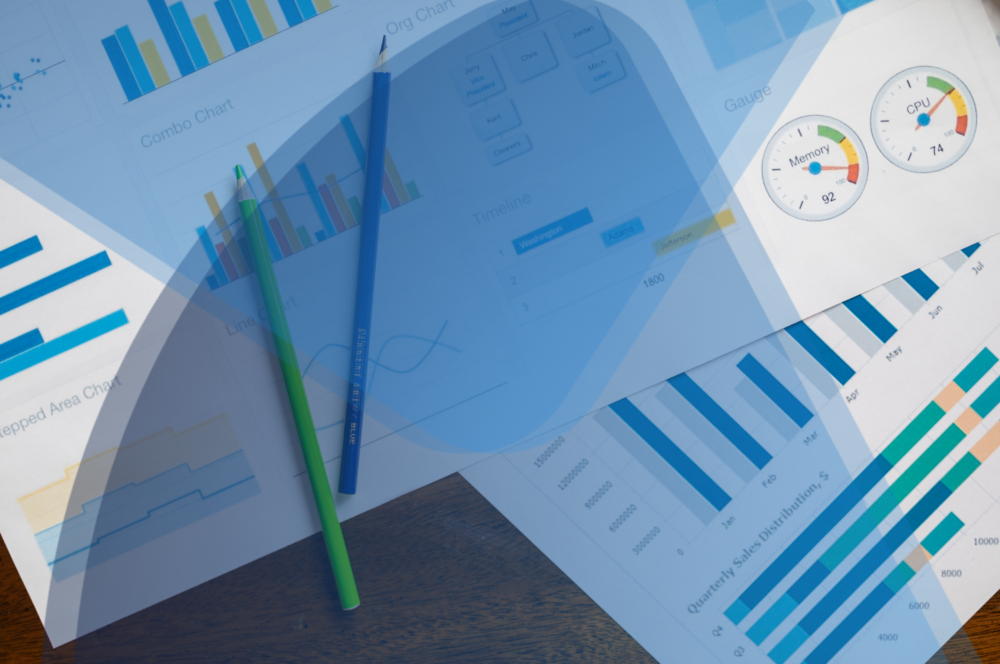Cost Analysis Fundamentals for the Rookie IT Manager
Table of Contents
With great power comes great responsibility, and for a rookie IT manager, managing a big IT budget can lead to new questions you may not be able to answer.
Case-in-point: the higher ups have asked you to do a cost analysis to justify your IT budget for the year. Whereas other employees may have had some form of training on financial projections and budgeting, many IT managers come from engineering or coding backgrounds. Cost analysis can feel like foreign territory – especially for a rookie.
If this sounds like you, fear not: we’re here to help. Here are some fundamentals for performing a cost analysis for your IT team.
What is a cost analysis?
First: let’s go over the basics. A cost analysis, or cost-benefit analysis, outlines the potential risks and gains of a project or venture. The goal of a cost analysis is to determine if said project is worth the cost it will take to achieve the desired outcome. Many companies ask for a cost-benefit analysis when signing off on big purchases, approving hiring, or raising capital to expand in some way. An IT manager might perform a cost analysis when deciding to purchase a new tool, take on a new strategic initiative, or update some old processes (or processors!) and procedures.
How to Perform a Cost Analysis
A cost-benefit analysis does not need to be complicated. Start by determining what specifically you mean by “cost.” Are your directors looking for an analysis of time, money, energy usage, or data? In most cases, money will be the unit of measurement, but your team’s time can also be a big IT cost – in which case, it might make sense to translate their time into monetary terms. If you’re thinking through a project that includes purchasing new equipment and using people’s time, try to standardize these items under one cost unit. Can you project how many hours it will take to install a new program or finish a project? The right time tracker can help forecast those timelines and costs more accurately.
Then, make a list of every item you will need to complete the project. One-time expenses and ongoing costs should be considered. For inspiration, look to similar or previous projects to get a sense of what you’ll need. Costs and prices of new purchases should be based on research, but if you aren’t sure, make your best estimate. Here are some things you might include:
- New IT equipment, software, or programs
- Energy use and other operating expenses
- Shipping, handling, transportation costs
- Third-party vendors or contractor fees
- Insurance
Now, for the positive part! List the proposed benefits of your IT project. This might include:
- Income/revenue projections
- Cost savings
- Time and effort savings (greater projected efficiency)
- Referrals, customer satisfaction, increased moral, or increased brand loyalty
Try to back up these estimates with research, and as you did for the cost portion, try to project a monetary value for some of the intangible outcomes.
The final step to a cost analysis: measuring up! Determine whether the benefits you’ve listed outweigh the costs. Subtract costs from the benefits to see whether the project is profitable (and feasible).
IT Cost Analysis Considerations
IT managers have specific considerations to factor into a cost-benefit analysis, unlike other business managers. Niche technological tools or skills can be difficult to explain to a non-IT person, therefore making it difficult to justify big expenditures to others in your company. Translating IT results into time and money can make your pitch more accessible to those who approve your budget.
Often, an IT tool or process affects more people in the organization than just your team. Try to factor in the costs and benefits to other members of your organization. For example, if you’re pitching a new, faster recruitment tool, show how you will train the HR team to use the tool, as well as the time they can save by making the switch and the top candidates they will be able to access. Interviewing others in the organization about their biggest pain points can help you identify where the biggest benefits in your project lie (other than in the technological sense).
If you really want to show you did your homework, incorporate a timeline into the cost analysis. If the company invests in a new IT tool or platform, how long will it take to start seeing the benefits? Will your company be able to record results this quarter, this year, or five years down the road?






